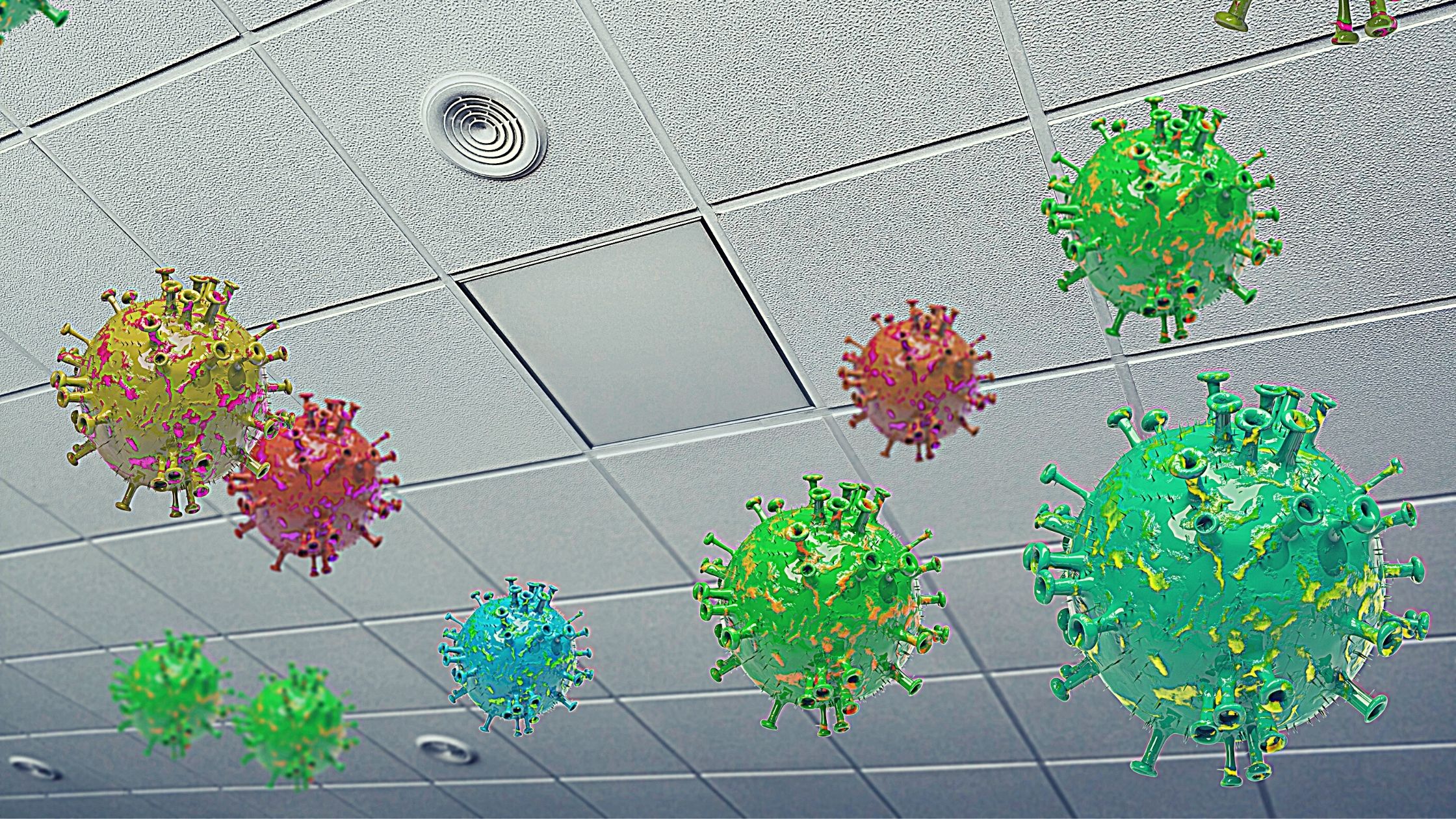Reduce the risk for colds and flu and superb science podcasts
Posted: January 24, 2024 Filed under: attention, behavior, education, Evolutionary perspective, Exercise/movement, healing, health, Nutrition/diet, self-healing, stress management, Uncategorized, vision | Tags: colds, darkness, flu, influenza, light 1 Comment
What can we do to reduce the risk of catching a cold or the flu? It is very challenging to make sense out of all the recommendations found on internet and the many different media site such as X(Twitter), Facebook, Instagram, or TikTok. The following podcasts are great sources that examine different topics that can affect health. They are in-depth presentations with superb scientific reasoning.
Huberman Lab podcasts discusses science and science based tools for everyday life. https://www.hubermanlab.com/podcast. Select your episode and they are great to listen to on your cellphone.
THE PODCAST episode, How to prevent and treat cold and flu, is outstanding. Skip the long sponsor introductdion and start listening at the 6 minute point. In this podcast, Professor Andrew Huberman describes behavior, nutrition and supplementation-based tools supported by peer-reviewed research to enhance immune system function and better combat colds and flu. I also dispel common myths about how the cold and flu are transmitted and when you and those around you are contagious. I explain if common preventatives and treatments such as vitamin C, zinc, vitamin D and echinacea work. I also highlight other compounds known to reduce contracting and duration of colds and flu. I discuss how to use exercise and sauna to bolster the immune response. This episode will help listeners understand how to reduce the chances of catching a cold or flu and help people recover more quickly from and prevent the spread of colds and flu.
PODCAST, ScienceVS, is an outstanding podcast series that takes on fads, trends, and opinionated mob to find out what’s fact, what’s not, and what’s somewhere in between. Select your episode and listen.
Link: https://gimletmedia.com/shows/science-vs/episodes#show-tab-picker

PODCAST episode, The Journal club podcast and Youtube, presentation from Huberman Lab is a example of outstanding scientific reasoning. In this presentation, Professor Andrew Huberman and Dr. Peter Attia (author of Outlive: The Science and Art of Longevity) discuss two peer-reviewed scientific papers in-depth. The first discussion explores the role of bright light exposure during the day and dark exposure during the night and its relationship to mental health. The second paper explores a novel class of immunotherapy treatments to combat cancer.
Reduce the spread of COVID and influenza by improving building ventilation
Posted: September 14, 2021 Filed under: behavior, Breathing/respiration, COVID, health | Tags: air circulation, airborne pathogens, Cholera, influenza, John Snow, ventilation 1 CommentAdapted from the superb article by Sarah Zhang, The plan to stop every respiratory virus at once. The Atlantic. (September 7, 2021).

With good clean air circulation, the risk of transmitting or contracting airborne disease such as COVID-19 during air travel is very low (Pombal, Hosegood & Powell, 2020). Pombal, Hosegood & Powell, 2020 point out that modern airplanes maintain clean air by circulating a mix of fresh air and air recycled through HEPA filter. Air enters from overhead air inlets and flows downward toward floor level outlets at the same seat row or nearby rows. There is little airflow forward and backward between rows.
The risk of transmission or contracting airborne dieases is very high if the airplane ventilation system is not working while passengers are in the plane. For example, when a jet airliner with 54 persons aboard was delayed on the ground for three hours with an inoperative ventilation system 72 % of the passengers became ill with symptoms of cough, fever, fatigue, headache, sore throat and myalgia within 72 hours (Moser et al.,1979).
To reduce the risk of COVID and other airborne infections such as influenza, government policies need to implement strategies to reduce exposure to airborne pathogens and optimize the immune system. By improving ventilation that reduces and removes airborne pathogens, thousands, if not millions, lives will be saved from being infected or dying of COVID or influenza.
Before the COVID pandemic between 2010 and 2020 an average of 39,900 people a year died of influenza in the United States and during a severe influenza season such as that occurred in 2017-2018, 61,000 people died (CDC, 2021). Influenza, just as COVID, is caused by an airborne pathogens (viruses). Although wearing masks significantly reduces the airborne spread of the pathogens, the long term preventative solution is to implement indoor ventilation strategies so that the air is not contaminated in the same way that we expect drinking water not to cause illness. From a public health perspective, changing external environment so the virus is cannot spread is a more effective strategy than depending upon individuals’ actions to prevent the spread of the pathogens.
By improving the air filtration and fresh air circulation in rooms and buildings, COVID, influenza virus and other airborne pathogens can be significantly reduced just as that has been done in modern airplanes. This demands changes in building ventilation codes and design. It means changing the physical infrastructure and upgrading ventilation systems so that only fresh and/or filtered air circulates through the rooms. This infrastructure improvement would be analogous to what occurred in the 19th century in eventually eliminating the cholera epidemics that killed thousands of people a year.
For example in England during the 1831-1832 and 1848 cholera epidemics more than 50,000 people died each year as they became infected with the toxigenic bacterium Vibrio cholerae which was present the water or foods contaminated with feces from a a person infected with cholera bacterium. Approximately 1 in 10 people who get sick with cholera will develop severe symptoms and without treatment, death can occur within hours (CDC, 2021).
In Londong during the 1854 cholera epidemic Dr. John Snow observed that people who got cholera were drawing water from a the same water pump on Broad Street. He persuaded the authorities to remove the pump handle which eliminated the use of the contaminated water and stopped the spread of the Cholera.

The water pump in Broadwick Street.
This public health intervention provided some of the rationale in 19th century to build the infrastructure to provide clean drinking water and appropriate sewage disposal, so that cholera, typhoid as well as other waterborne diseases epidemics would not enter the drinking water supply.
We now need a similar infrastructure improvement to provide clean air in buildings to stop the spread of COVID-19 variants and influenza. How ventilation affects the spread a virus in a class room is illustrated in the outstanding graphical modeling by Nick Bartzokas et al. (February 26, 2021) in the New York Times article, Why opening windows is a key to reopening schools. The spatial guidelines need to be based upon air flow and not on the distance of separation.
In summary, to prevent future airborne illnesses, local, state and federal government need to create and implement ventilation standards so that airborne pathogens are not spread indoors by contaminated air. This is not rocket science! It is a very solvable problem and has been implemented in airplanes. When the air is HEPA filtered so that passengers do not rebreathe each other’s potentially contaminated exhaled air, airborne transmission is very low. Let’s do the same for the air circulating in buildings.
For an indepth analyses, read the superb article, The Plan to Stop Every Respiratory Virus at Once, by Sarah Zhang published September 7, 2021 in the The Atlantic.
For more details to reduce virus exposure and increase immune competence, see the previoius published blogs,
https://peperperspective.com/2021/07/05/reduce-your-risk-of-covid-19-variants-and-future-pandemics/
REFERENCES
CDC (2021). Disease Burden of Influenza. Center for Disease Control and Prevention. https://www.cdc.gov/flu/about/burden/index.html
Moser, M.R., Bender, T.R., Margolis, H.S., Noble, G.R., Kendal, A.P., & Ritter, D.G. (1979). An outbreak of influenza aboard a commercial airliner. Am J Epidemiol, 110(1), 1-6. https://doi.org/10.1093/oxfordjournals.aje.a112781
Pombal, R., Hosegood, I., & Powell, D. (2020). Risk of COVID-19 During Air Travel. JAMA, 324(17), 1798 https://doi.org/10.1001/jama.2020.19108
Zhang, S. (September 7, 2021). The plan to stop every respiratory virus at once. The Atlantic. Downloaded September 13. https://www.theatlantic.com/health/archive/2021/09/coronavirus-pandemic-ventilation-rethinking-air/620000/